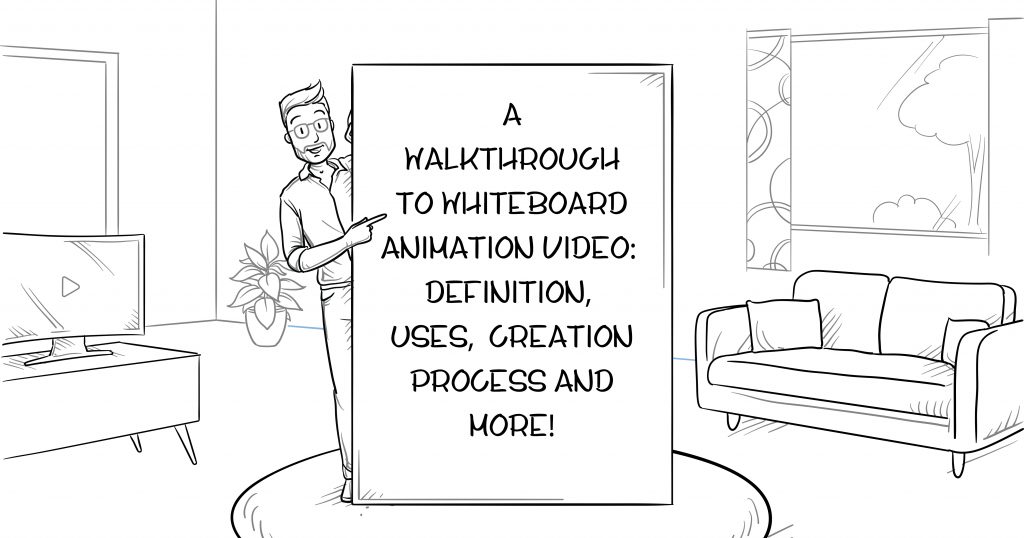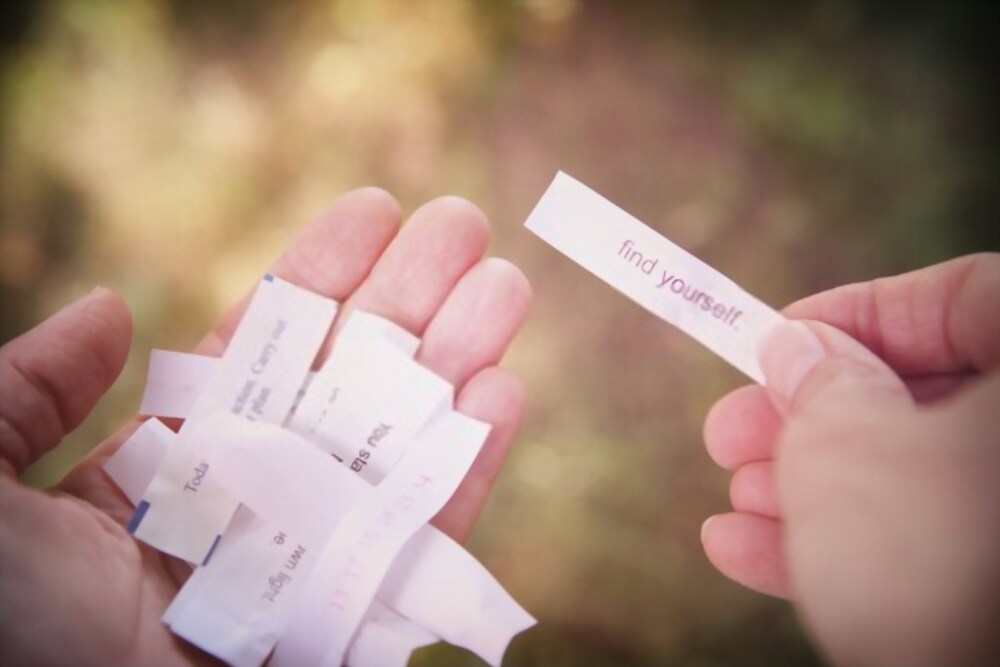Have you ever come across videos where someone kept doodling on the screen while explaining something? That’s a whiteboard animation video often referred to as a doodle video.
Source: Dribbble
What exactly is a whiteboard animation video?
Explaining a complex concept is the biggest bottleneck, but whiteboard explainers are bringing about a revolution.
Whiteboard animation video is an explainer video style where the narrator explains by drawing simple and clear graphics on a whiteboard-like background.
As the narrator explains and simultaneously draws, the story gradually unfolds.
That’s a major reason why whiteboard animation videos are still effective. Hence, a whiteboard explainer is a great tactic to keep the viewers hooked because they’re curious to know what happens in the end.
Who should use a whiteboard animation video?
If we’re being totally honest, literally anyone!
Whiteboard animation videos are tailored to individual users’ needs so going wrong with it goes out the window. Almost everyone wants to try it out because,
A) it’s cost-effective and
B) it’s digestible
So—the real question is, who’s going to find it more useful.
- Educators aiming to teach viewers and focusing on information retention should immediately opt for one.
- Marketers belonging to tech, financial, healthcare industries should instantly use whiteboard animation videos to simplify technical concepts.
- Non-profit organizations wishing to explain or educate their viewers.
- Content creators aiming to effectively communicate a message and boosting attention.
Great, but when should I use a whiteboard animation video?
In its true essence, a whiteboard animation video is designed to teach. Taken from the simple concept of a dry-erase whiteboard, you should most definitely prefer whiteboard explainers when you want to educate your viewers.
Remember when the teacher used to write on the whiteboard while explaining and you’ll start making notes of it by referring back and forth to the whiteboard. Go back and feel the intense pressure you went through when the teacher started removing something you hadn’t copied off the board.
This is somewhat similar to what happens when a viewer watches a whiteboard animation video.
In this case, they aren’t exactly copying everything but they are making mental notes and they don’t want to stay behind the narrator. They want to ‘grasp’ what the narrator said and keep it in their heads for a while (at least).
So, yes.
When you have technical concepts to share—think of a whiteboard animation video.
When you have a ton load of information to share—think of a whiteboard animation video.
How can I make whiteboard animation videos myself?
If you’re here scrolling through blogs to magically learn to create whiteboard animation videos, then stop your scroll. We have covered how you can create a smooth whiteboard animation video, all by yourself!
When beginners try their hand at animating whiteboard videos themselves, then the whiteboard video graphics toolkit is their savior. From backgrounds to character animations, icons, and beyond; a toolkit aids you in creating as many scenes you need for the prepared script.
Step 1: Prepare a script. Do yourself a favor and start working on a script revolving around the message you want to convey in your video. Spend time preparing and perfecting a script for your video because it will keep you on track.
Another benefit that comes with preparing a script beforehand is not missing out on important bits. You can cover a whole lot of information within seconds if you think through the script.
Step 2: Create storyboards.
By creating a storyboard, you’re creating a rough sketch of your final product. After getting done with the script, you will have a sharper idea of how the words connect via different frames.
If there are some loose ends in the transitions, tighten them right away.
Step 3: Start creating images.
When it comes to creating images, you can keep your focus on the fact that your images convey the message accurately. It’s not about perfecting every nook and corner of the image but creating something that evokes the audience’s emotion.
In a whiteboard animation video, the images could be as detailed and basic as you want because the outcome is always a compelling video.
Step 4: Animate the images. There are multiple animated video makers available online that you can try out. Some of our battle-tested and beginner-friendly whiteboard animation makers are Vyond, Renderforest, and Animaker.
To animate the images, you’ll need to time the occurrence of images with the script. It will help you know when the images appear as per the script.
Step 5: Sync the audio with images.
Now comes the final step.
When you’re done with animating your images, you need to bring them in swift sync with your audio. Needless to say, you should record your audio in a recording-friendly environment and strictly ensure that it appears exactly on the images you’ve prepared it for.
Do you want to create your whiteboard explainer?
By now, you must have grasped the idea behind whiteboard animation videos, how to create one, and when to use one. But if you want to free yourself of the hassle, opt for a company offering high-quality whiteboard animation services.
So, how about you directly let the professionals at Anideos take over? Ring us up for a free consultation session and we’ll devise something that works for you!




